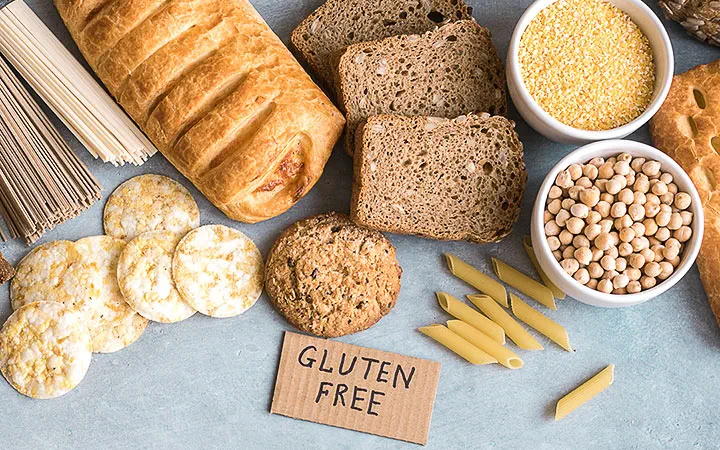
Misconception: Assuming that gluten-free products equate to healthier options.
Reality: While the availability of specially formulated gluten-free products is advantageous, the mere labeling of a product as “gluten-free” doesn’t guarantee its nutritional value. Occasionally, this label serves as a marketing tactic, seen in products such as soda and corn chips. Gluten-free grain-based items like bread may have reduced fiber content due to the prevalent use of rice flour. Furthermore, they may lack essential fortifications like iron and folic acid present in regular grain products. Additionally, these items often come with a higher price tag, so if they’re not necessary for you, it may be wise to consider your spending.
Misconception: Believing that adopting a gluten-free diet aids in weight loss.
Reality: Eliminating foods like pizza, bread, pasta, cakes, and cookies may result in weight loss due to the removal of significant food categories. However, individuals often substitute these foods with gluten-free alternatives, which can sometimes be higher in calories. This is because manufacturers frequently add additional starch, fat, and sugar to enhance taste and texture.
While gluten-free products undoubtedly serve a vital role in catering to individuals with gluten sensitivities or celiac disease, it’s crucial to approach them with discernment. Understanding the nutritional composition, potential pitfalls, and economic implications of gluten-free options can empower consumers to make informed dietary choices that align with their health and wellness goals.


